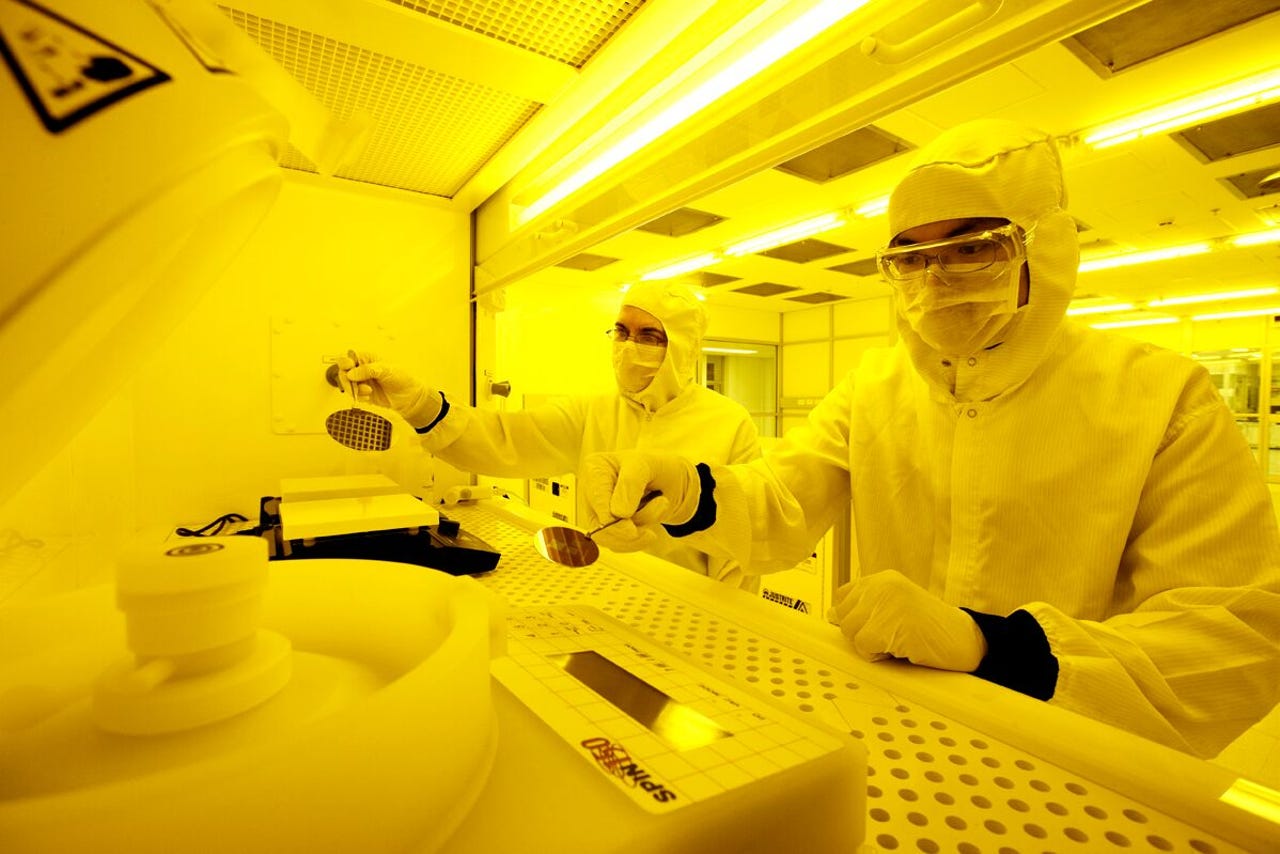UNSW builds world first two-qubit logic gate in silicon

In a world first, engineers at the University of New South Wales (UNSW) have built a quantum logic gate in silicon, which has made calculations between two quantum bits (qubits) of information possible.

Andrew Dzurak, scientia professor at the university said it is a landmark result not only for Australia, but for the world, as until now it had not been possible to make two quantum bits "talk" to each other and create a logic gate using silicon.
"This result means that all of the fundamental building blocks that are required to make a full scale silicon processor chip are now in place," Dzurak said. "We're ready to move from this scientific research phase, into the engineering stage and the manufacturing stage."
Latest Australian news
Dzurak said the question of when it will be possible to have quantum computer chips at the scale required to outperform a supercomputer depends a little bit on how quickly the technology and engineering can move forward.
"If quantum computers are to become a reality, the ability to conduct one- and two-qubit calculations are essential. The prototype chip we want to make within five years is a pretty shrinkable manufacturing process and it will be able to perform a variety of calculations; we hope it will be able to potentially solve the problem that currently can't be solved on an existing computer," he said.
"That particular type of problem may not be the sort of problem that is going to excite many commercial people in the first instance, but it will be an important principal."
According to the engineers, a full-scale quantum processor would have major applications in the finance, security, and healthcare sectors, allowing the identification and development of new medicines by greatly accelerating the computer-aided design of pharmaceutical compounds; the development of new, lighter and stronger materials spanning consumer electronics to aircraft; and faster information searching through large databases.
"Once one can build a quantum computer that outperforms a supercomputer, then you're in that realm of being able to crack crypto code," Dzurak said. "I think it's a good decade and a half before that's available; that will probably make a lot of people breathe easier for now."
Dzurak believes his team is five years away from building a working processor.
"The advances with this new type of qubit -- this CMOS compatable qubit -- has been incredibly quick. We demonstrated the first operation of one of these only one year ago, and already we've gone to two qubits which is very, very fast compared to all of the other implementations around the world," he said.
"In fact we've already got a device that is already operating three qubits. It's a very straightforward way of chaining up these transistors, but scaling up to tens or hundreds of quantum bits can really only be done in partnership with industry."
Dzurak said the next step for the project is to identify the right industry partners to work with to manufacture the full-scale quantum processor chip.
"I believe that because of the reliability you get from industrial manufacture, and the simplicity of our design, that we're very well placed to achieve that goal," he said.
"The level of investment required to build this prototype chip is somewhere in the range of AU$50 to AU$100 million, which I think is a reasonable level given the scale of what we're talking about," he said. "I believe that with that investment, we're in a position to make that prototype."
Technically speaking, Dr Menno Veldhorst, a UNSW research fellow said the approach the engineering team used was to reconfigure the "transistors" used to define the bits in existing silicon chips, by turning them into qubits.
"The silicon chip in your smartphone or tablet already has around one billion transistors on it, with each transistor less than 100 billionths of a metre in size," Veldhorst said.
"We've morphed those silicon transistors into quantum bits by ensuring that each has only one electron associated with it. We then store the binary code of 0 or 1 on the 'spin' of the electron, which is associated with the electron's tiny magnetic field."
Whilst making the announcement on Tuesday, professor Mark Hoffman, dean of engineering at UNSW likened the notion of quantum computing to Schrodinger's cat, highlighting that it has been simultaneously possible in theory, but seemingly impossible in physical reality.
"The technology our team has devised, tested, and patented has the potential to take quantum computing across the threshold from the theoretical to the real," Hoffman said. "The advance our team has made could, we believe, be the inflection point that changes Schrodinger's paradigm."
The research has this week been published in the international scientific journal Nature.